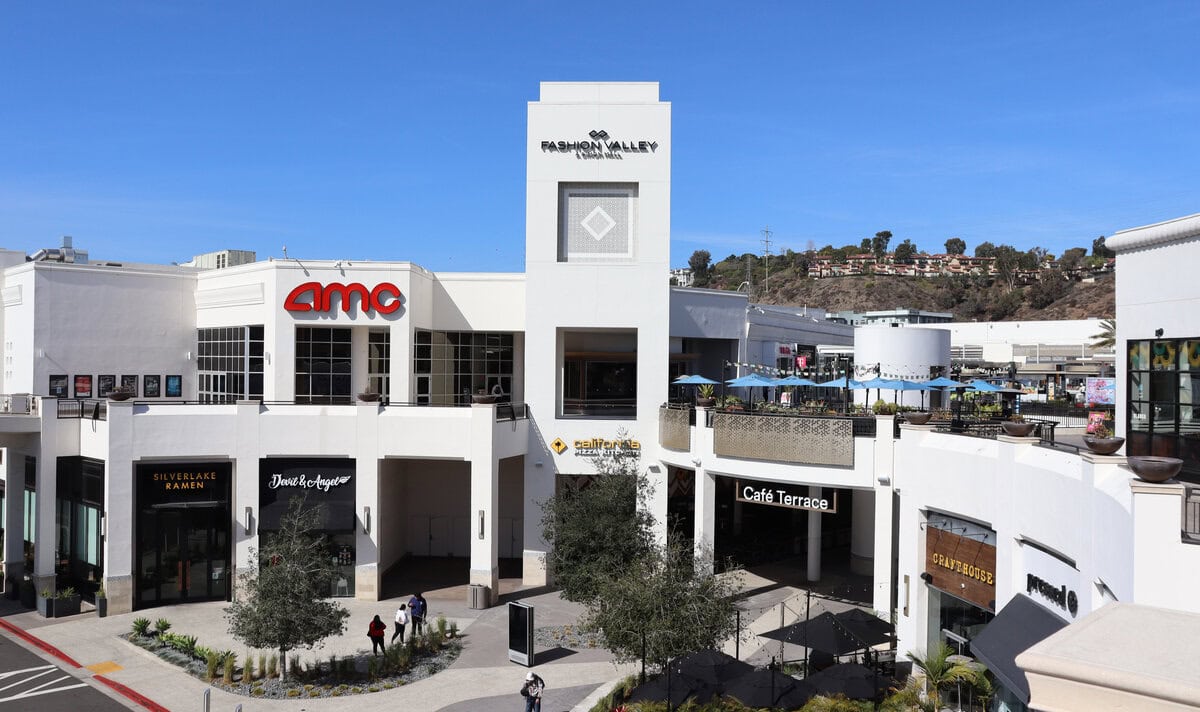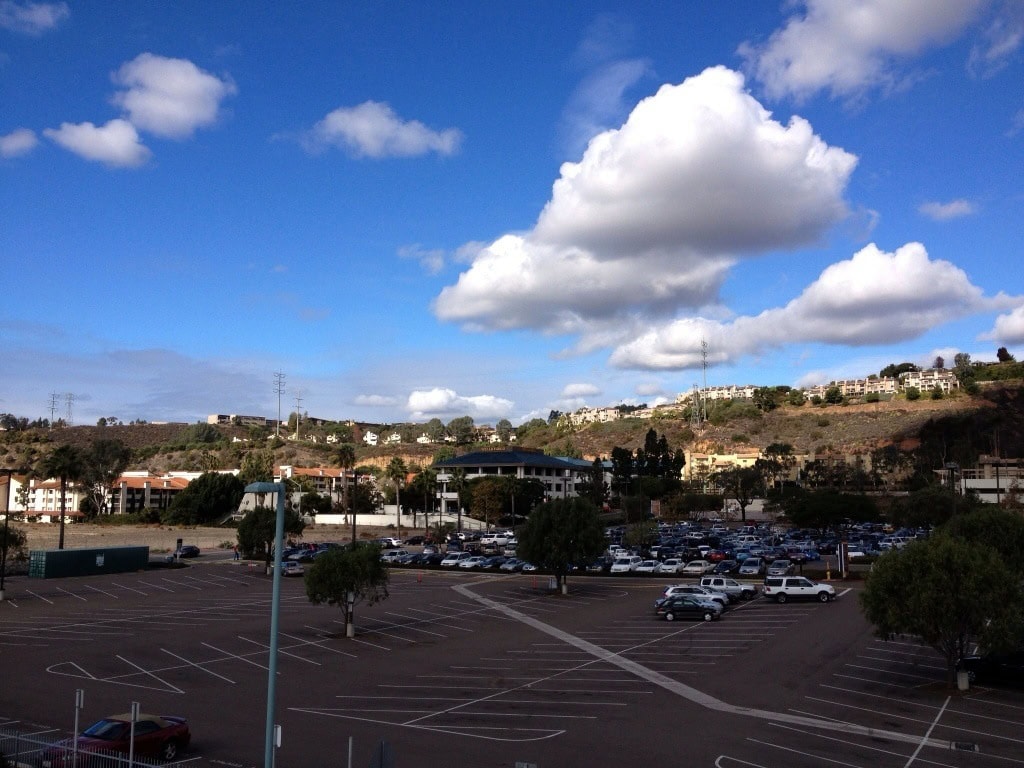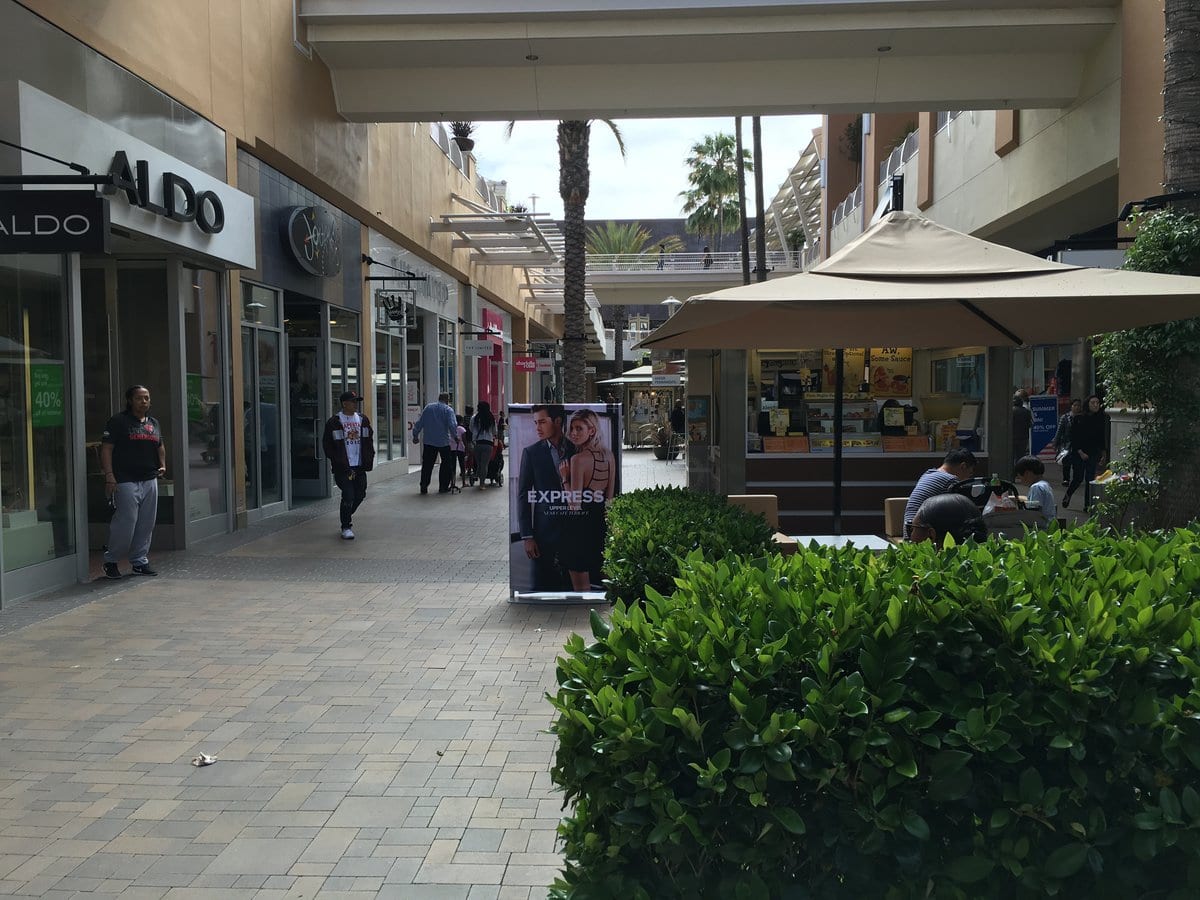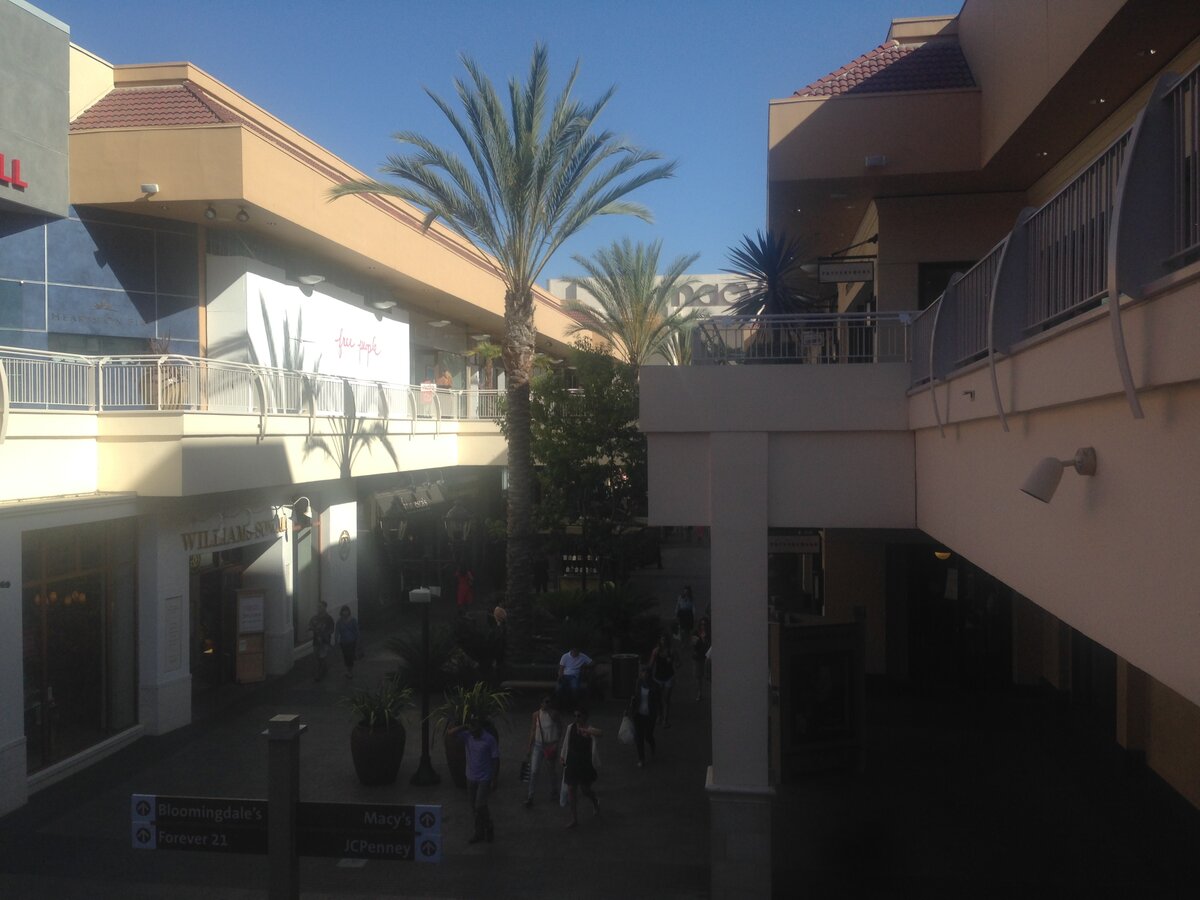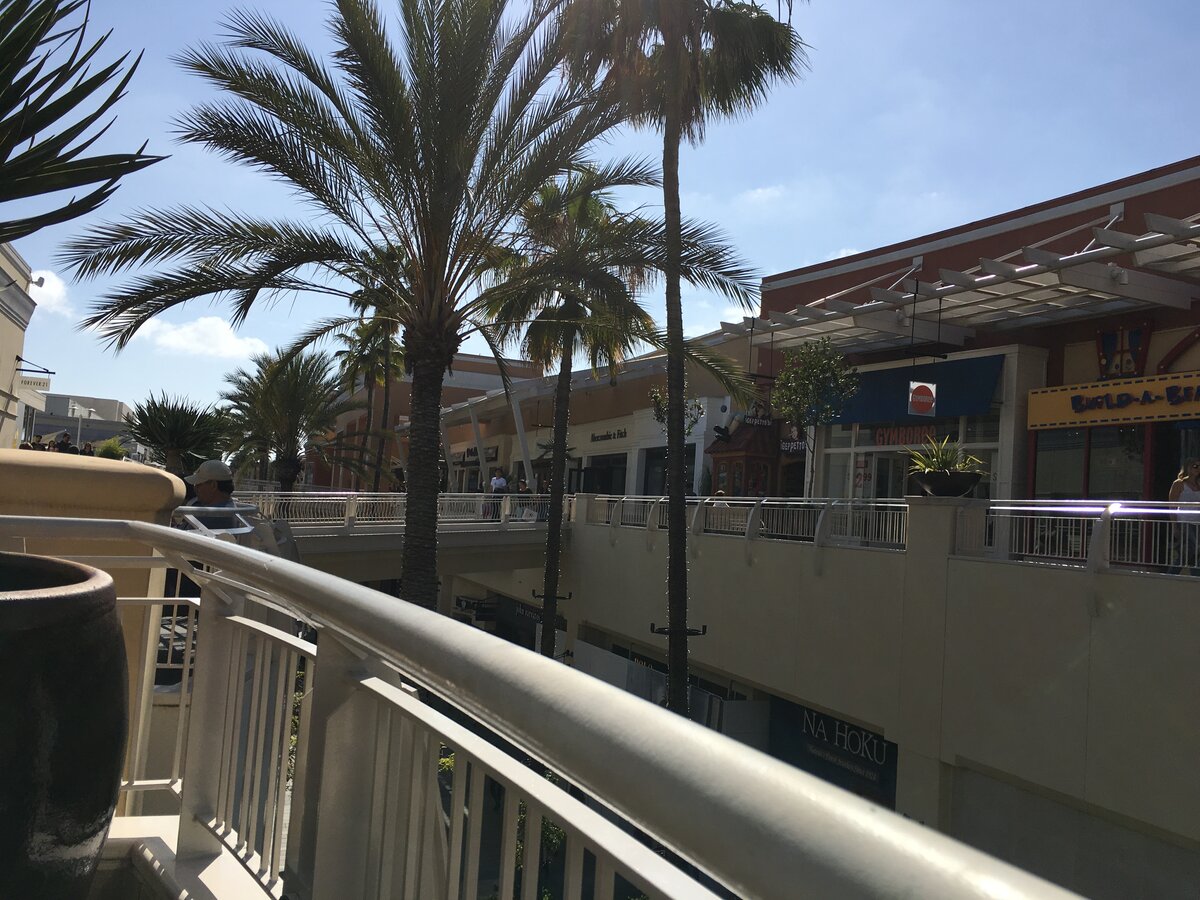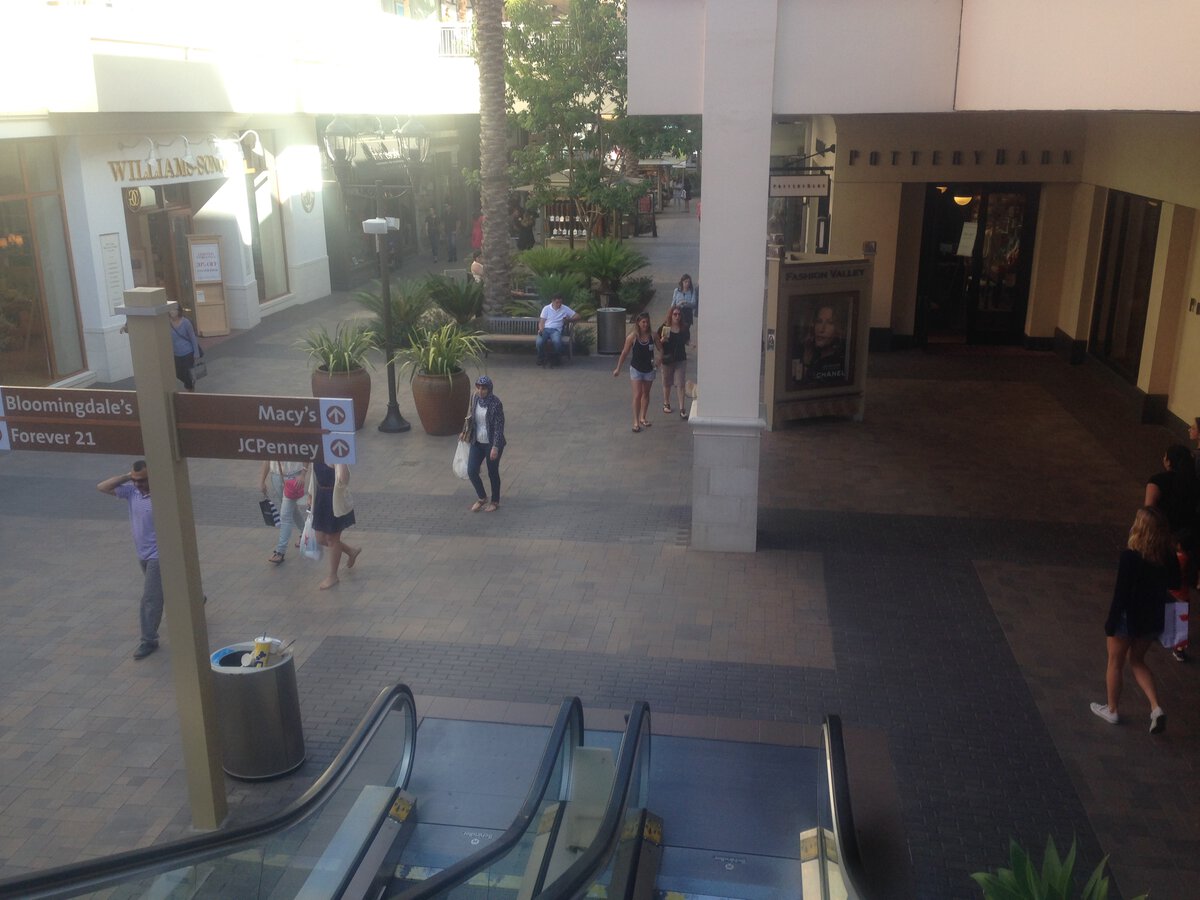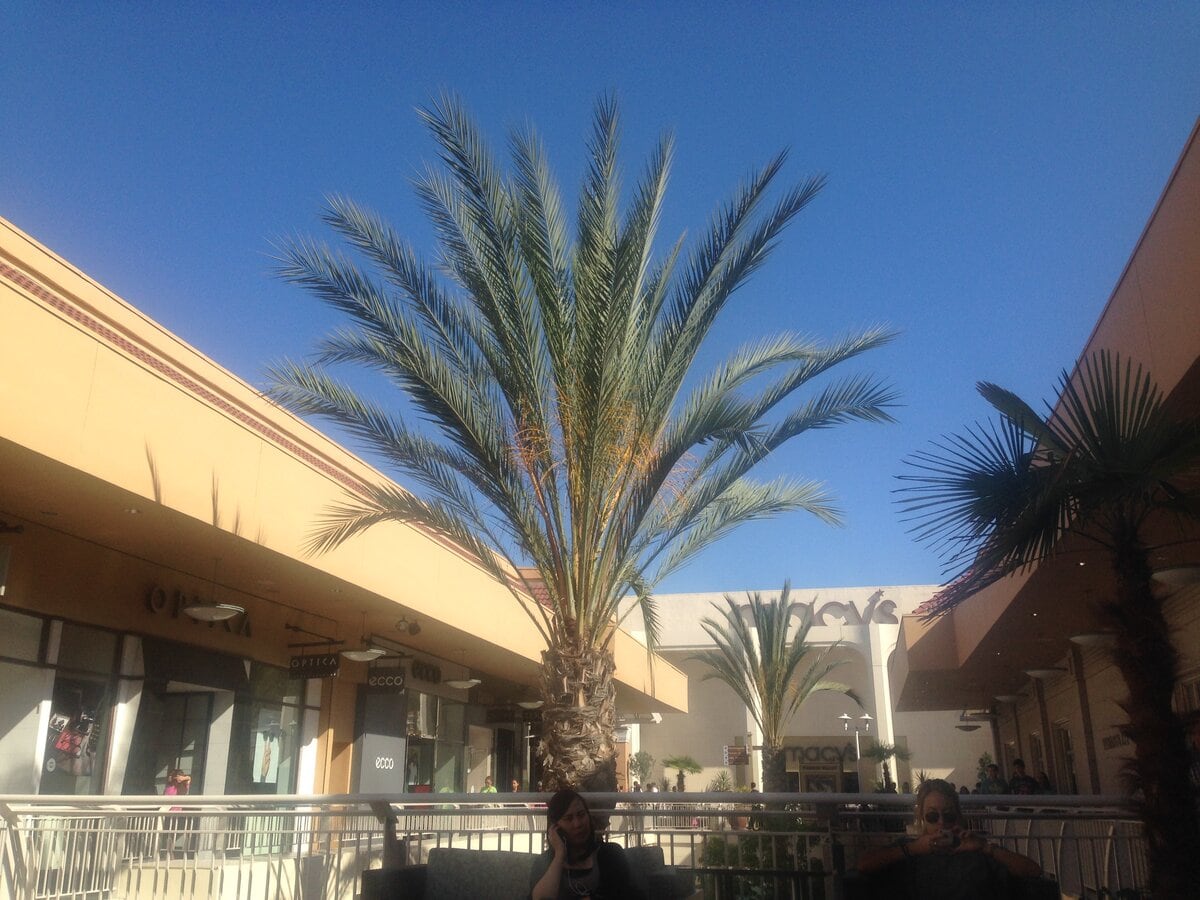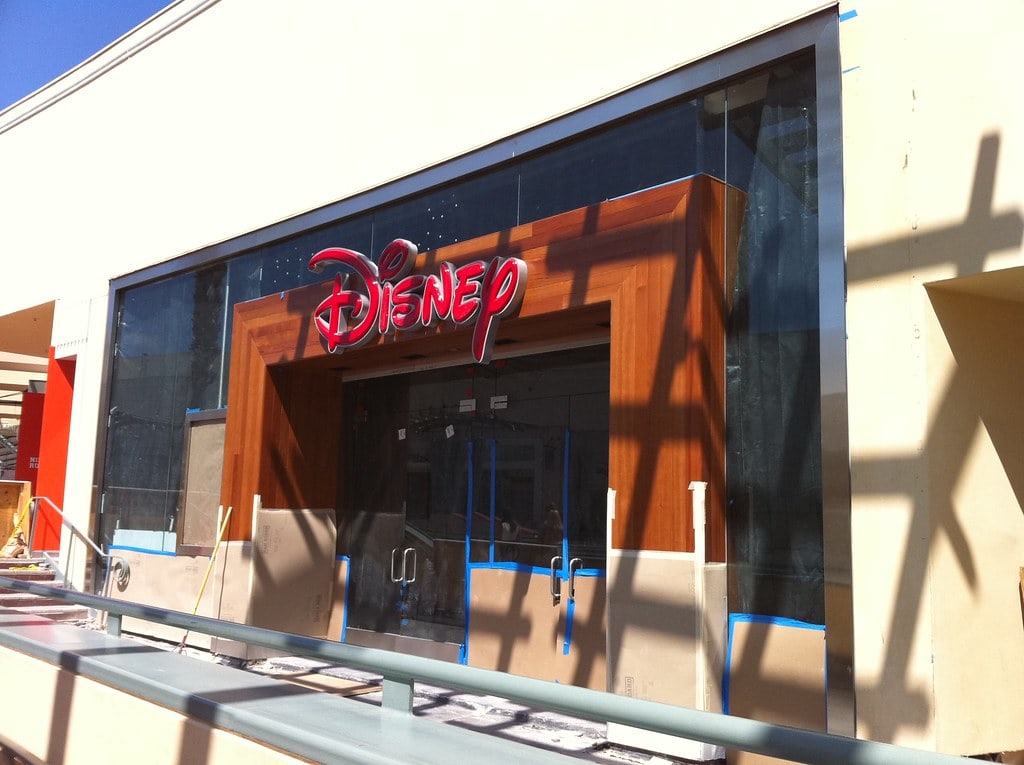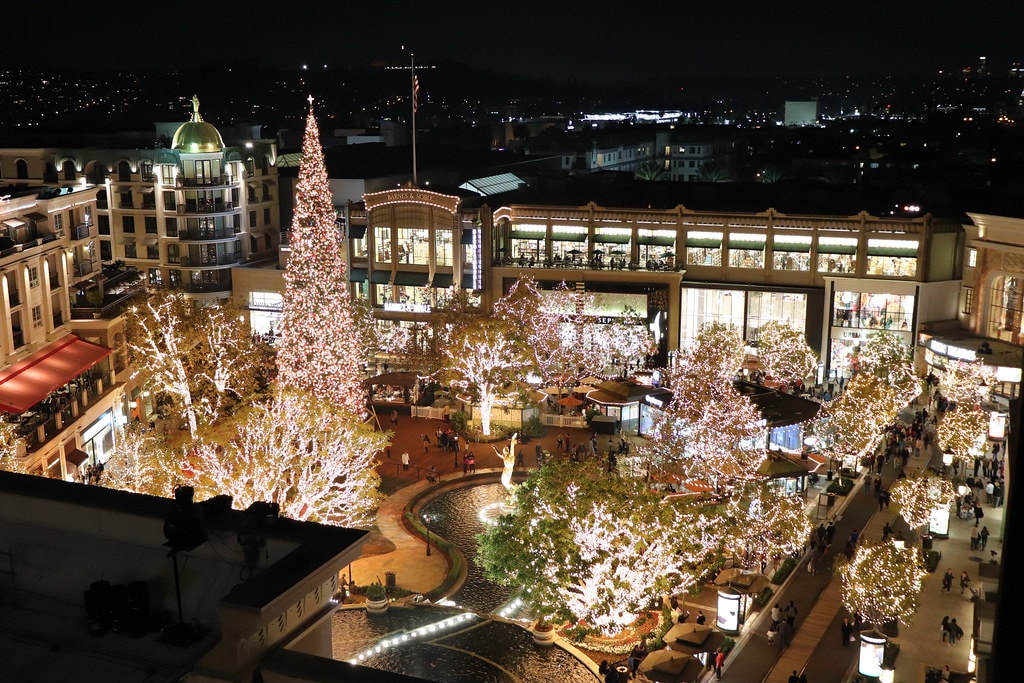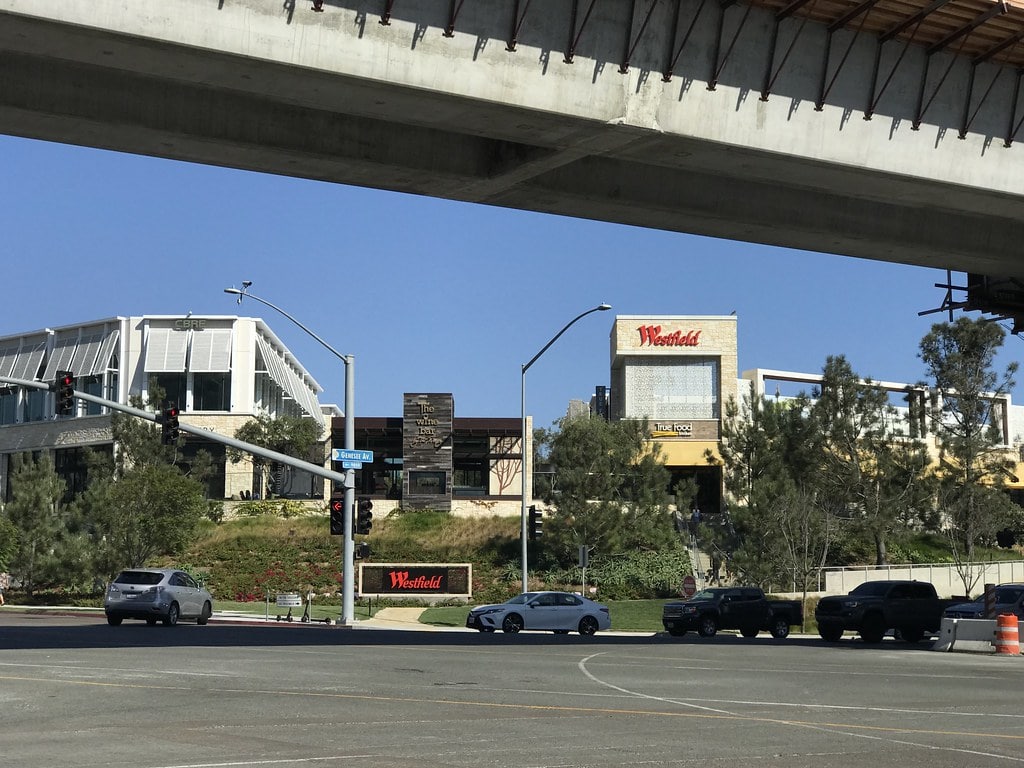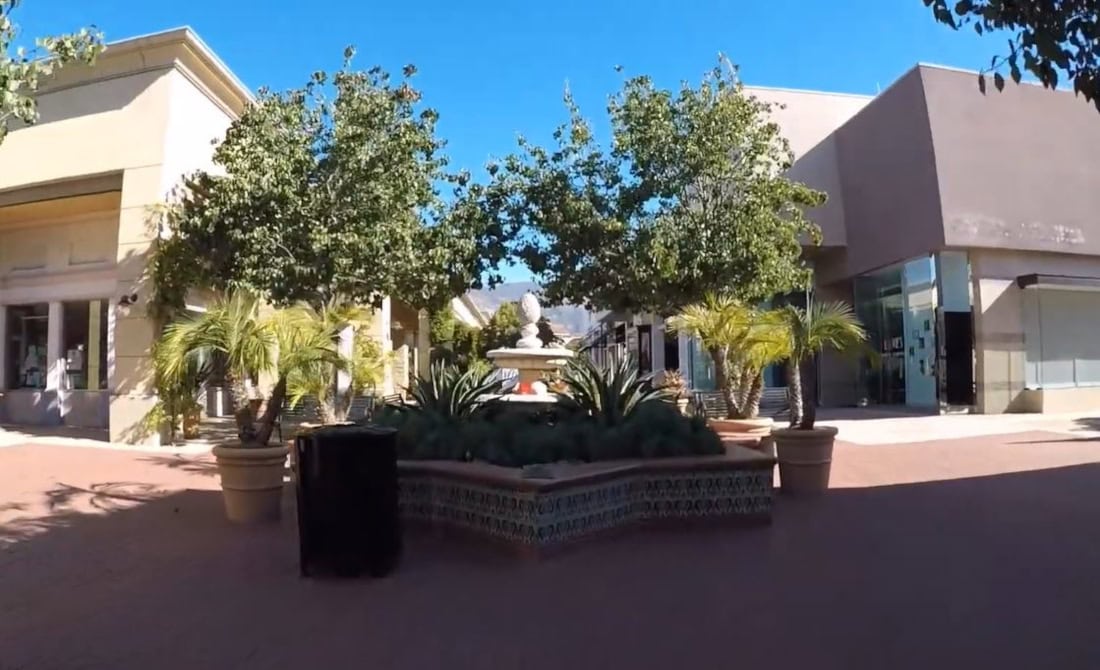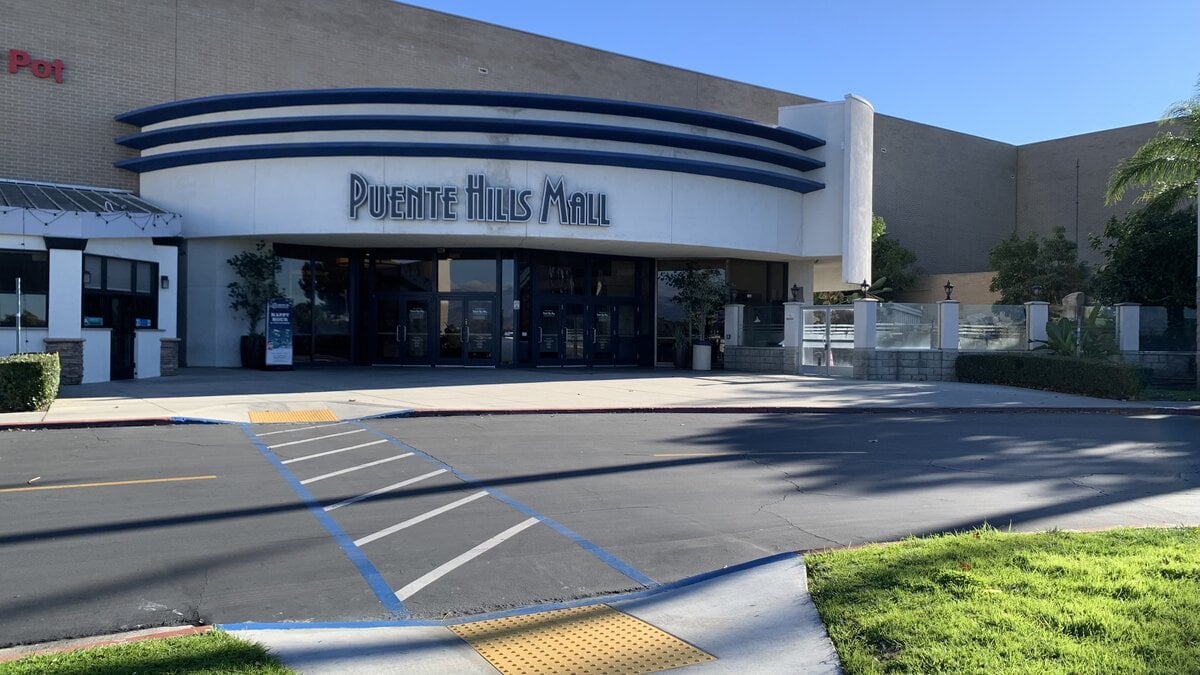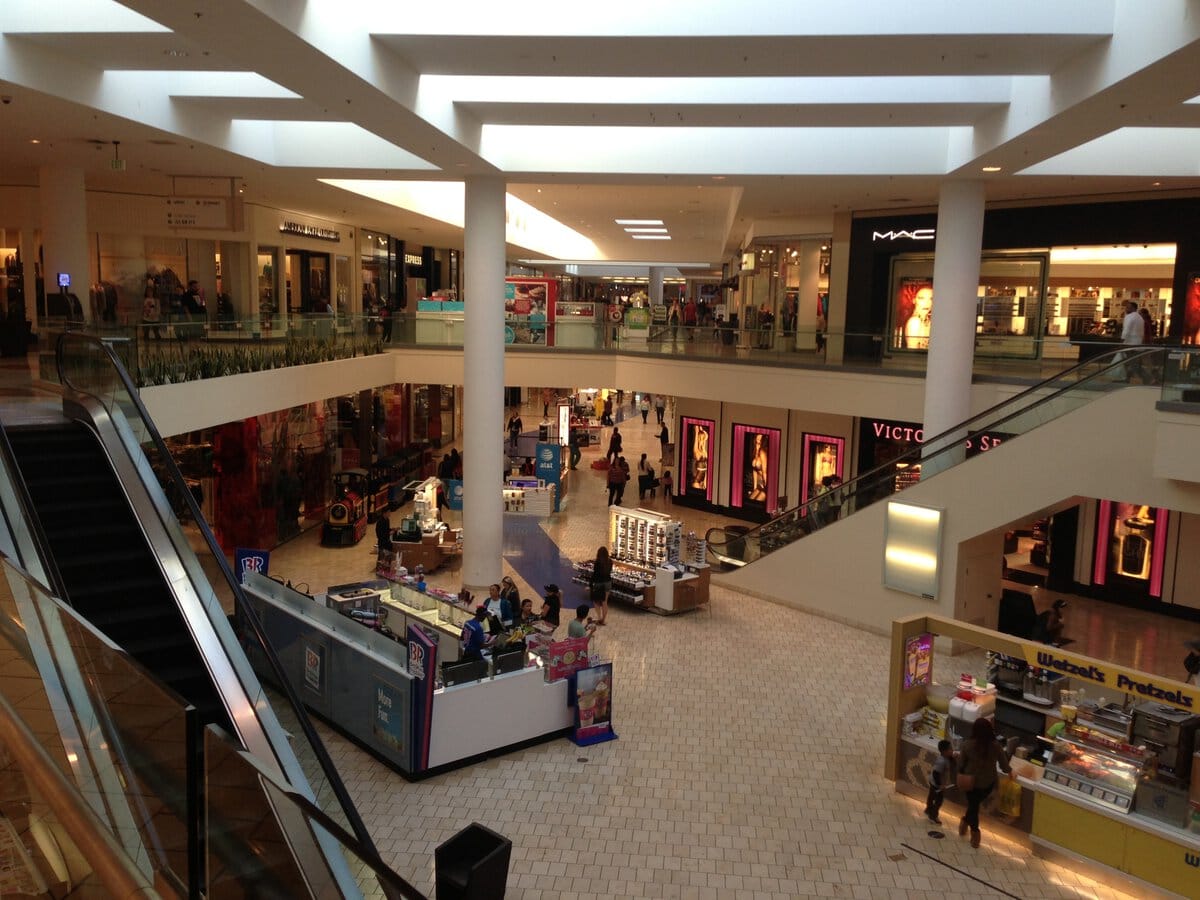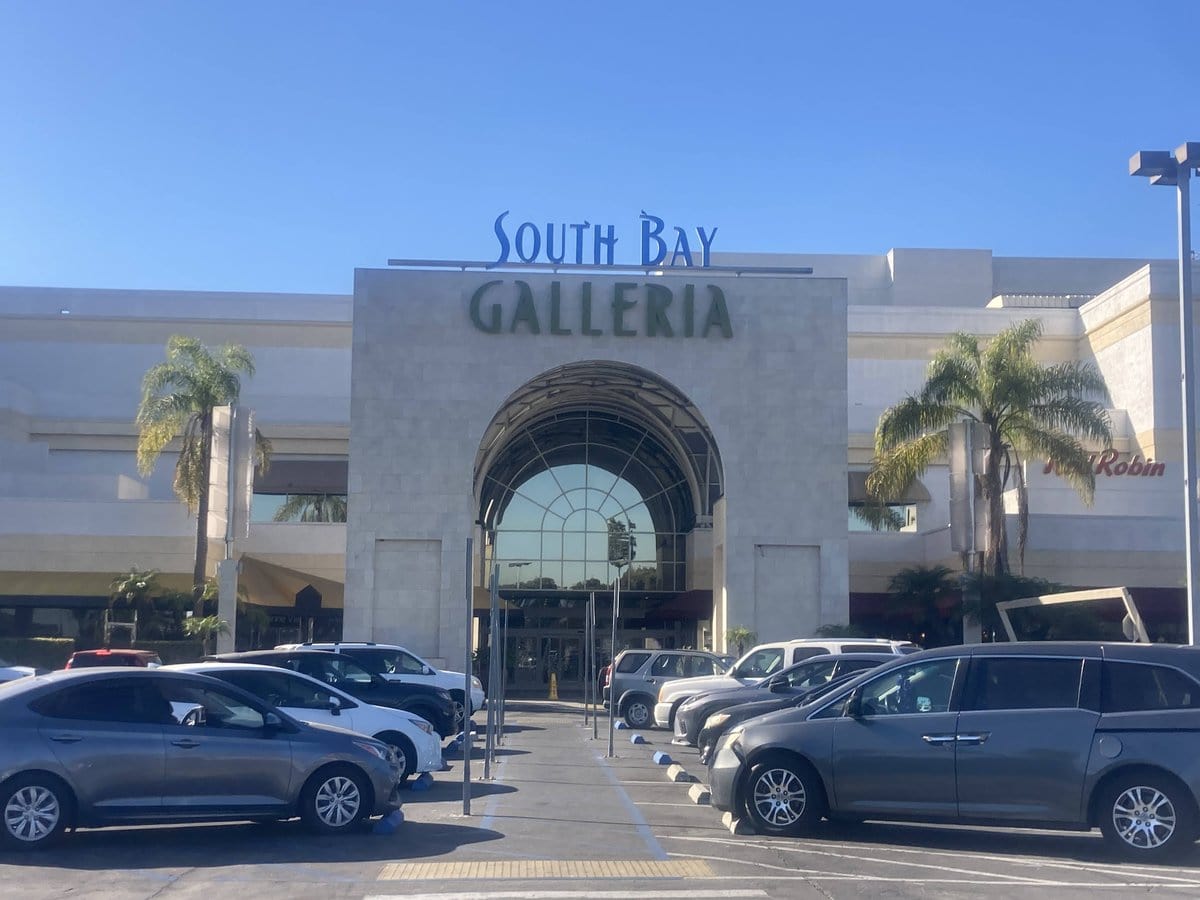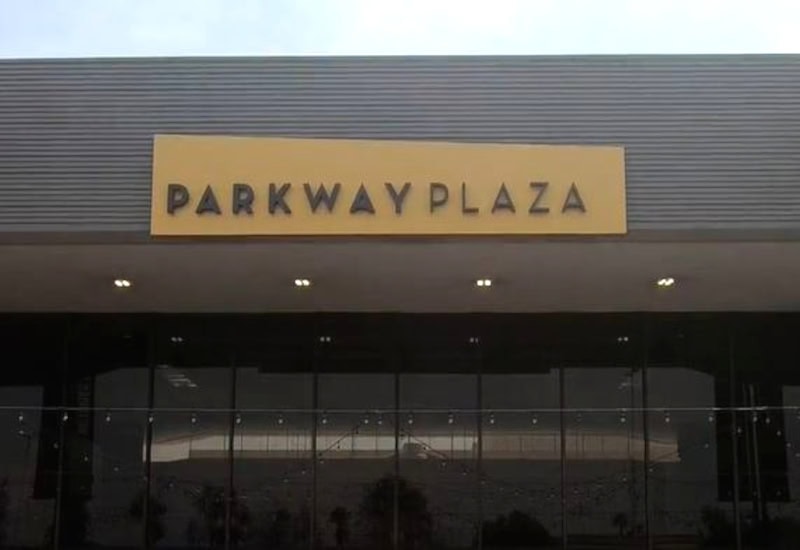Fashion Valley Mall opened in San Diego in 1969, built on land that had once held a baseball stadium.
It covered more than 1.7 million square feet, with open-air walkways, red tile rooftops, and a 50-foot tower by sculptor Jerry Mahoney marking the main entrance.
Three department stores opened first: J.W. Robinson's, Buffum's, and The Broadway. Soon after, JCPenney, Woolworth, and a set of smaller retail spots were laid out across 78 acres in Mission Valley.
The layout was designed to feel expansive without being enclosed, and its early footprint reflected that.
The mall continued to expand throughout the 1980s and 1990s, incorporating higher-end brands, larger garages, and new architectural features.
Over time, it shifted from traditional mall tenants toward fashion-first retail, dining patios, and redesigns aimed at walkability.
Ownership changed, stores turned over, and by the 2020s, Fashion Valley Mall was no longer operating purely as a shopping center.
Plans for housing, new brands, and a structural overhaul have been implemented. In 2025, one of its original anchors prepares to close for good.
1969: The Ground Breaks and Gates Open
The space where Fashion Valley now sits was once home to Westgate Park. This minor league baseball stadium stood until the 1960s.
After the site was cleared, the new development took up nearly 80 acres along the San Diego River, just north of Hotel Circle.
Crews laid tile and concrete along open corridors lined with storefronts. A parking grid for 6,000 cars is spread out around the perimeter.
Fashion Valley Mall opened to the public on October 12, 1969, though some stores had opened earlier during a soft launch in September.
Three department stores served as the core: J.W. Robinson's, Buffum's, and The Broadway.
Each had its own architectural team and distinct façade.
Their designs shared a Spanish-style exterior: long rooflines, quarry tile, red barrel shingles, and sandstone archways.
The initial build had just over one million square feet of leasable space.
In the early months, customers came in through wide entry courts and walked between open storefronts arranged in a loop.
The Broadway store, designed by Charles Luckman, was the largest opening that the chain had staged in twenty years.
Less than a year later, a two-story J.C. Penney opened on the east side.
Woolworth and Joseph Magnin filled out the smaller end caps. The tower at center court stayed visible from almost anywhere in the lot.
1981-1984: Nordstrom Arrives, Joseph Magnin Folds
By the early 1980s, Fashion Valley was no longer the newest mall in San Diego, but it was becoming the most high-end.
In August 1981, two major additions opened: Nordstrom and Neiman Marcus.
Both stores were built onto the existing structure and brought in new foot traffic that leaned toward designer retail. Their arrival shifted the center's tenant mix.
It signaled a move toward department stores that specialized in national luxury brands rather than regional chains.
The architecture stayed consistent with the original Spanish-style design.
Exterior finishes matched existing walls, and new entrances followed the same long corridors and open walkways.
By 1984, the Joseph Magnin store, once one of the mall's more distinctive specialty retailers, closed after the company went out of business.
That wing remained active with smaller tenants, but the loss left a visible vacancy near the heart of the property.
Several years passed without major structural change, but the 1981 expansion had established a new standard for what belonged in the center.
The mall now had five anchors, and each was positioned to serve a distinct bracket of shoppers, something not common in the region at the time.
1991-1997: Retail Upheaval and a $110M Overhaul
When Buffum's closed in 1991, its exit marked the start of a longer transition.
The space reopened in 1992 as I. Magnin, a San Francisco-based specialty store with a narrow but upscale footprint.
By the mid-1990s, that chain folded too, and Saks Fifth Avenue took its place in 1995.
Each store left its mark on the space, but Saks was the one that stayed.
In 1993, Robinson's rebranded as Robinsons-May, part of a regional consolidation across department stores owned by May Company.
Three years later, Macy's acquired The Broadway and kept the Fashion Valley location, converting it to carry fashion lines only.
The store's home and furniture departments moved to Westfield Mission Valley, in a former Bullock's location.
In October 1997, Fashion Valley Mall began a $110 million overhaul.
The project expanded Macy's, Nordstrom, and Robinsons-May, enlarged common areas, and added five structured garages with space for 8,000 cars.
The total floor area increased to 1.72 million square feet.
Storefronts were realigned, and the tenant directory was revised to accommodate a broader mix of national and regional retail.
2001-2006: Ownership Split, Anchor Shifts Continue
In 2001, Lend Lease Prime Property Fund sold half its interest in Fashion Valley to Simon Property Group, which also took over management.
Simon was already a major player in national mall operations, and the shift brought the San Diego property into a larger portfolio.
In 2006, the merger between Federated Department Stores and May Company caused another anchor turnover.
The Robinsons-May store, which had been operating under that name since 1993, closed in March.
That space was redeveloped over several months and reopened on November 18, 2006, as Bloomingdale's, the first in the San Diego market.
2010-2019: New Names, Changing Expectations
In 2010, Forever 21 opened next to Saks Fifth Avenue, filling a large space on one of the mall's main walkways.
The store targeted younger shoppers and was part of a broader trend of fast fashion brands taking anchor-level space.
The mall directory added it as a major tenant, though it never held anchor status.
In 2019, Simon Property Group announced a new renovation plan for Fashion Valley Mall.
The updates were described as aligning with San Diego's "relaxed lifestyle," with changes aimed at outdoor dining, landscaping, and social gathering.
Renderings and press material showed outdoor "lounges," new water features, and larger patio seating for restaurants.
RDC, an architectural design firm, led the update.
Work was scheduled for completion by November 2021, but the pandemic slowed or delayed nearly all phases.
Portions of the plan were started, but none were fully completed by 2023.
Throughout this period, existing businesses remained open, and tenant turnover was relatively low.
2024-2025: Residential Conversion and Public Incidents
On May 21, 2024, Simon Property Group announced plans to replace the JCPenney building with a mixed-use development.
The proposal called for nearly 850 residential units along with about 100,000 square feet of retail and dining space.
The project would take over the existing department store footprint, and construction was scheduled to begin after JCPenney closed.
In March 2025, Forever 21 closed permanently, ending a 15-year run at Fashion Valley.
The JCPenney location stayed open through the summer, but closure was confirmed for Fall 2025.
By October 2024, a separate round of leasing updates brought Princess Polly, Purificación García, and Kurt Geiger to Fashion Valley Mall, all first-time entries into the San Diego market.
Prada also restructured and reopened its boutique with an updated layout and fixtures.

